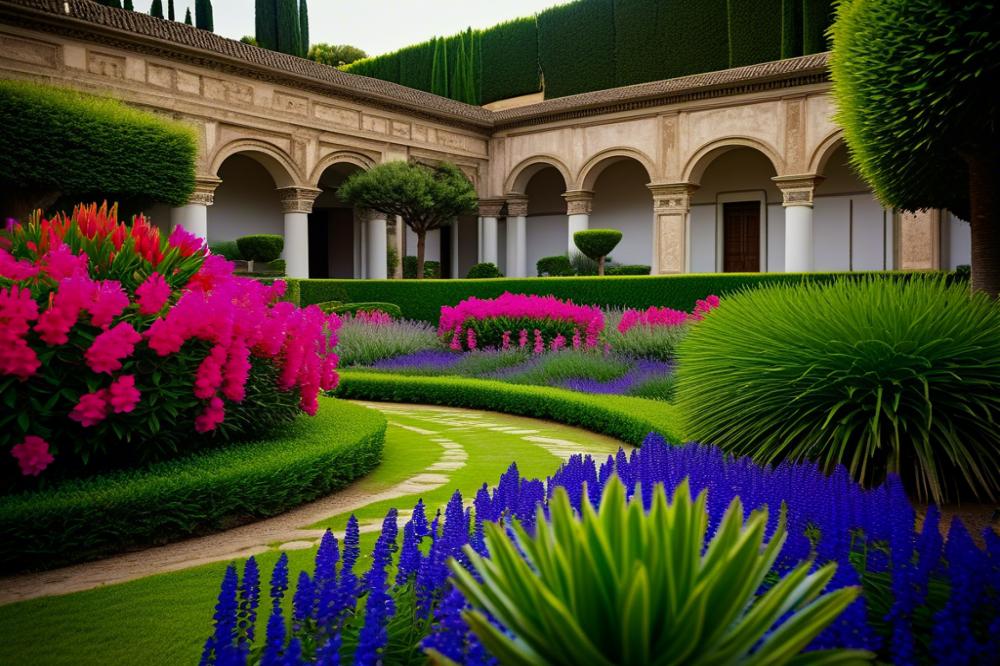Exploring the Ancient Gardens of Herculaneum
The Herculaneum gardens offer a fascinating glimpse into the past. These green spaces reflect the sophistication of ancient Roman life. Urban archaeology has shed light on how people once interacted with nature. As the city of Herculaneum flourished, its gardens became an essential part of daily living.
The importance of these gardens extends beyond their beauty. They reveal much about Roman gardens and ancient architecture. Landscapes created in this era were not just for aesthetics; they were also about practicality. Plants provided food, shade, and fragrant herbs for cooking and medicinal purposes.
In historical context, Herculaneum and its gardens enrich our understanding of cultural heritage. The site, preserved under volcanic ash from Mount Vesuvius, serves as a time capsule. It provides insights into the lifestyles of its inhabitants, who cultivated a variety of Mediterranean flora. Botanical studies of the remnants can help recreate the landscape that once thrived here.
Visiting the gardens today, one can feel connected to a vibrant past. They tell stories that intertwine with those of nearby Pompeii, showcasing a shared history marked by beauty and tragedy. The study of these remains allows archaeologists to piece together how these spaces were used. Each discovery adds depth to our understanding of ancient horticulture.
The preservation of Herculaneum’s gardens is paramount. It keeps alive a crucial link to our ancient history. Their existence invites people to reflect on the relationship between humanity and nature. As we continue exploring these significant sites, we learn about the intricate tapestry of life in the Roman Empire.
The Historical Landscape of Herculaneum
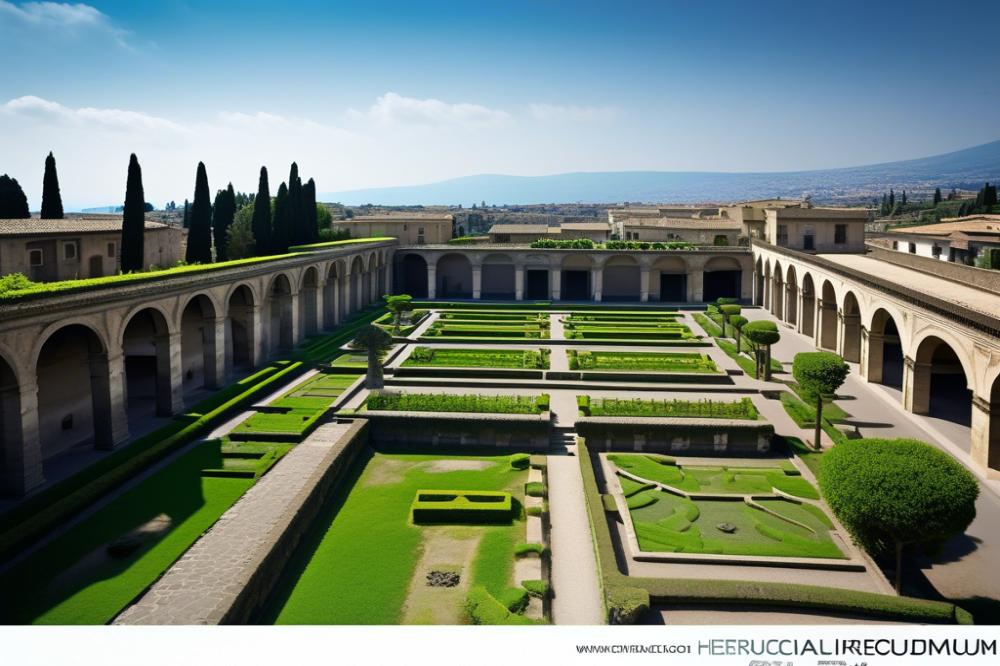
The original gardens of Herculaneum reveal a glimpse into ancient life. Designed with harmony in mind, these spaces showcased beauty and utility. Visitors would have seen pathways lined with Mediterranean flora, creating a serene environment. Stately trees, colorful flowers, and fragrant herbs filled these gardens. They contributed to both aesthetics and practical uses such as food and medicine.
Architectural elements from this period highlight Roman design principles. Structures like porticos and fountains added elegance to gardens. These features served as gathering spots for families and friends. They also reflected an understanding of nature and balance in space. The use of durable materials indicated a commitment to lasting beauty.
When comparing gardens from Herculaneum and Pompeii, differences emerge. Pompeii’s gardens often featured wider open spaces. They provided room for social gatherings and festivities. In contrast, Herculaneum gardens displayed a more intimate layout, emphasizing personal retreat. Both cities excelled in urban planning, but each had distinct priorities and styles. Roman gardens depicted a blend of function and form, showcasing the society’s cultural heritage.
archaeology reveals much about these historical landscapes. Excavations uncover remnants of past gardens, allowing for botanical studies to flourish. Researchers continue to explore how these green spaces influenced daily life. Preservation efforts also play a vital role in maintaining Herculaneum’s charm. The city’s gardens, along with their architectural features, remind us of a rich history.
Understanding the design choices in Herculaneum provides insights into ancient architecture. These gardens were not mere decorations; they were integral to residential life. Social dynamics took place within these verdant retreats, underscoring their importance in Roman society. Urban archaeology has illuminated the connection between nature and civilization.
Botanical Studies and Mediterranean Flora
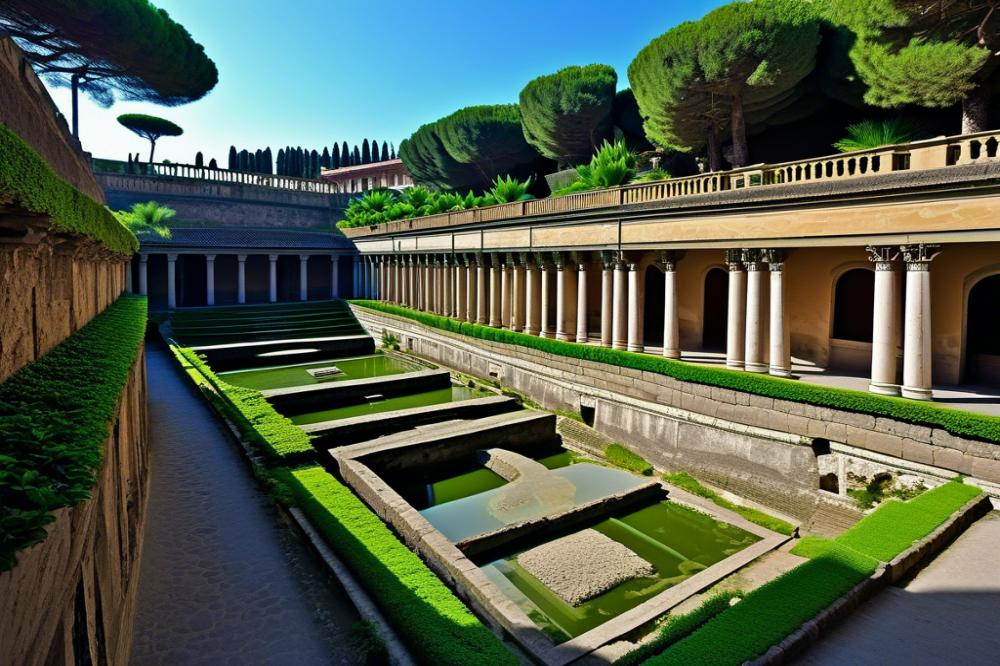
In the ruins of Herculaneum, researchers have discovered evidence of various plants that were cultivated in ancient gardens. These included herbs, vegetables, and ornamental plants. Common examples found are parsley, dill, and even vine crops like grapes. The presence of these plants highlights the connection between agricultural practice and everyday life for the residents.
Flora played a significant role in ancient Roman daily life. Fresh herbs were used for cooking, while flowers could beautify homes. Additionally, plants had medicinal properties, which ancient Romans valued highly. The gardens were not merely functional but also served as a cultural space for socializing and relaxation.
Studies on Ancient Gardening Techniques
The study of ancient gardening techniques reveals much about Roman horticultural practices. Archaeology around Herculaneum has unearthed tools and remnants that provide insight into how these gardens were designed and maintained. It’s fascinating to realize that many practices found in modern gardening have roots in these ancient techniques.
Researchers focus on the layout of the gardens as well. Roman gardens often featured symmetrical designs and distinct sections. Urban archaeology in Herculaneum shows that aesthetics were as important as utility. Preservation of these landscapes gives us a glimpse into the everyday lives of people during that era.
Scholars continue to explore the variety of Mediterranean flora that flourished in Herculaneum. Each plant species tells a story about trade and climate. Uncovering this information helps to connect today’s cultural heritage with the past. The remnants of these historical landscapes not only serve an educational purpose but also foster a deeper appreciation for ancient architecture and gardening.
Cultural Heritage and Preservation Efforts
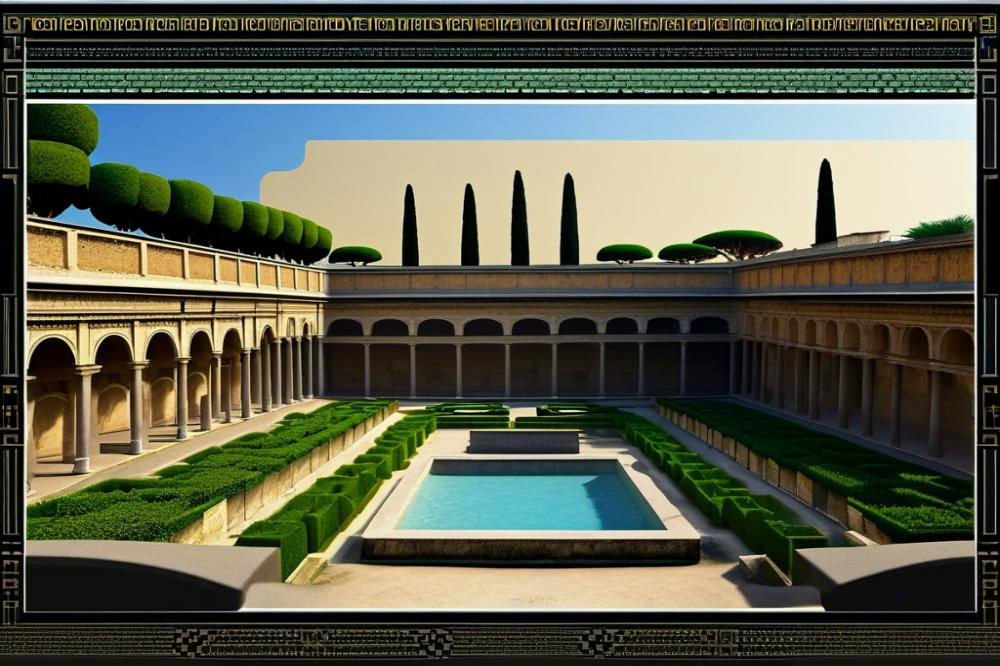
The gardens of Herculaneum hold immense significance for cultural heritage. They represent a glimpse into the daily life of the Romans and the beauty of ancient architecture. Studying these gardens contributes to our understanding of historical landscapes and the role of nature in urban settings. This places them among notable archaeological sites, alongside Pompeii, where gardens showcased the elegance of Roman estates.
Current preservation projects focus on protecting these remarkable remnants from further decay. Archaeological methods combine traditional excavation with advanced technology. Techniques like ground-penetrating radar help locate buried garden structures that are still undiscovered. These efforts help preserve interesting aspects of the ancient gardens, including their unique variety of Mediterranean flora.
Challenges abound when it comes to maintaining these historical environments. Environmental factors, such as weather and pollution, threaten the remaining structures. Additionally, funding for preservation projects often falls short, hindering extensive restoration efforts. Knowledge gleaned from botanical studies helps understand the types of plants that once thrived in Herculaneum, which is vital for accurate restoration efforts.
Urban archaeology adds another layer of complexity to these preservation endeavors. Integrating modern urban life with these ancient remnants can be difficult. Community involvement is crucial, as locals often value their historical landscapes. Engaging the public creates greater awareness of Herculaneum’s importance and fosters a deeper appreciation for its archaeological treasures.
Exploration and Urban Archaeology
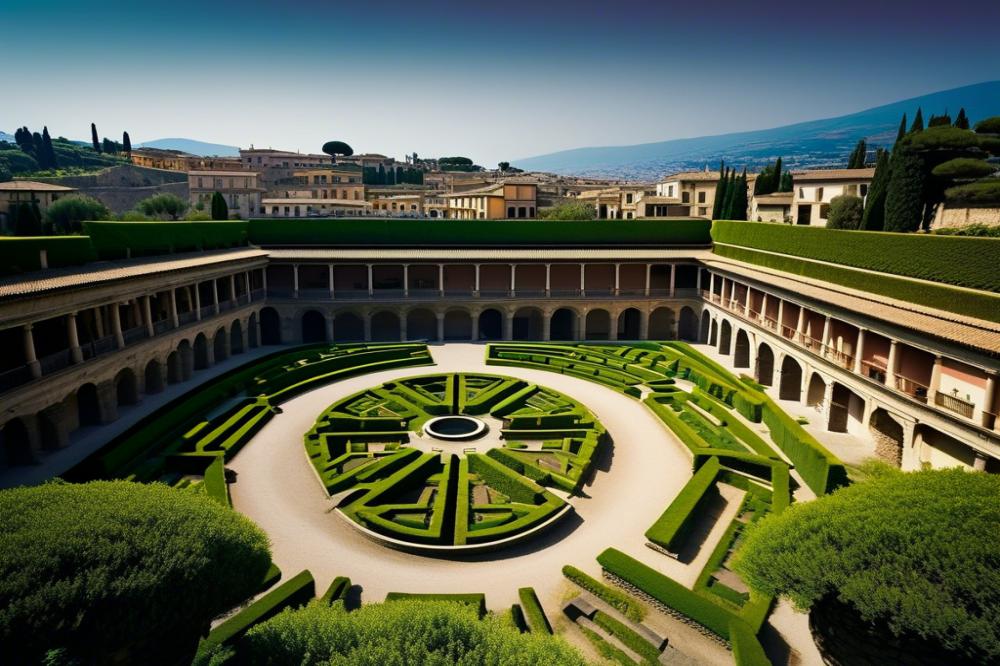
Walking through the remains of Herculaneum gardens offers a glimpse into the past. Visitors can see what was once a thriving part of daily life in ancient Rome. Vines, fruit trees, and pathways hint at how these spaces were enjoyed by their inhabitants. The smell of the Mediterranean flora might fill the air, reminding us of the rich plant life that existed here. Each step through the ruins tells a story of beauty and functionality.
The role of urban archaeology is essential in uncovering historical landscapes like these. Through careful excavation, archaeologists reveal layers of history that have long been buried. Discoveries from Herculaneum shed light on how gardens were designed in the Roman world. Findings often indicate specific gardening techniques and plant selections made by the residents. This kind of research informs botanical studies and deepens our understanding of agriculture in ancient societies.
Tourism significantly impacts the preservation of archaeological sites like this. While it brings attention and funding, it also presents challenges for conservation efforts. Crowds can wear down the structures and cause damage. However, with responsible tourism practices, it is possible to balance visitor access and preservation. Awareness campaigns are necessary to educate people about the importance of protecting such vital parts of our cultural heritage.
Herculaneum stands alongside Pompeii, showcasing the craftsmanship of ancient architecture. The gardens reflect not only aesthetic values but also environmental adaptation. Urban archaeology brings to life the connections between people and their landscapes. As more sites are discovered, we gain a fuller picture of life thousands of years ago. It is our responsibility to appreciate these remnants of history while ensuring their future.
Reflecting on Herculaneum’s Botanical Treasures
Herculaneum’s gardens carry significant weight in understanding ancient Roman life. These green spaces reveal much about the culture, economy, and daily rituals of its inhabitants. Unlike Pompeii, where streets are often crowded with tourists, the gardens of Herculaneum invite quiet reflection and exploration. They serve as a captivating reminder of how nature intertwined with urban living in antiquity.
Looking ahead, the importance of exploring and preserving these sites cannot be overstated. Modern archaeologists and historians focus on ensuring that these botanical remnants survive for future generations. These efforts involve delicate excavation procedures and advanced techniques to both study and protect what remains. Collaborations between organizations dedicated to archaeology and preservation are essential to maintain the integrity of these ancient gardens.
The legacy of Herculaneum resonates within the broader context of Italian gardens. As you stroll through these remnants, you gain insights into the artistry of ancient landscaping. Much can be learned by studying the layouts, plant choices, and even the small decorations that are typical of these gardens. This reflection upon the past enriches our understanding of contemporary gardening practices today.
In summary, as we explore the ancient pathways of Herculaneum’s gardens, we recognize the profound connections they forge between history and nature. Their stories continue to inspire not only scholars and archaeologists but also anyone who appreciates the beauty and significance of gardens throughout time.

